“Heartstopper represents all kinds of different queer experiences”: Writer Alice Oseman on her graphic novel being adapted for a new LGBTQ+ teen drama series on Netflix
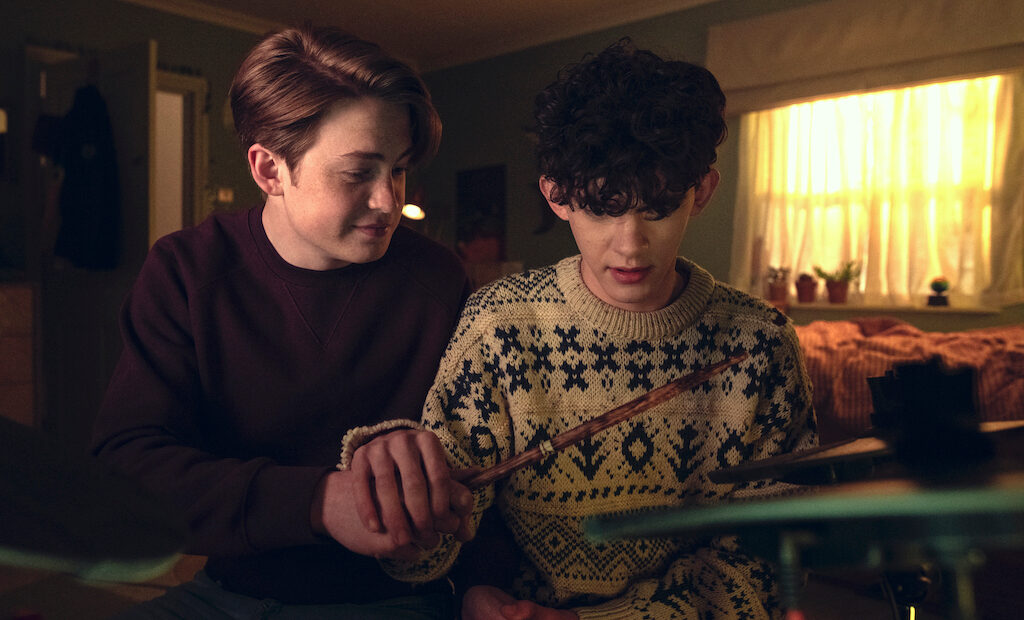
Heartstopper is a coming-of-age drama adapted from the graphic novel by writer and producer Alice Oseman. The eight-episode series developed for Netflix tells the story of two teenage boys, Nick and Charlie, who meet at a boy’s grammar school and start to develop feelings for each other whilst navigating the tricky path of adolescence.
At its centre, the story explores the vast spectrum of sexual orientation. The lead roles are played with empathy and sensitivity whilst an ensemble cast delivers layered messages of friendship, acceptance and the reality of homophobic slurs.
The Upcoming had the pleasure of speaking to Oseman ahead of the launch of the show.
How did the whole process start? From the graphic novel all the way up until now?
Alice Oseman: Heartstopper has quite a long backstory. Nick and Charlie were characters in my very first young adult novel Solitaire, which came out in 2014, and I fell in love with them as characters. They weren’t the main characters of that story but I knew that they had a bigger story to tell. So I decided to make Heartstopper. In 2016, I started the webcomic, uploading it for free online. I was doing that for a couple of years and then it got published. Then in 2019, after the first volume of Heartstopper came out, that was when it was optioned by See-Saw Films. They were really keen to work with me, which I was really excited about because I probably wouldn’t have done it if they’d wanted to just take it and not let me be involved. So I was working with them for about a year and a half, developing the show, writing the scripts, and then Netflix came on board. And now we’re here. It’s literally the most surreal experience but it’s been so positive as well.
How did you go about the casting process? What were you looking for and how important was it for you to be authentic in your choices?
AO: We did open casting. We had 10,000 applications, which is very intense. I was really nervous, because, obviously, I have a very clear idea of what my characters look like and who they are. We wanted a trans actor to play Elle. We wanted the actors to be around the right age and obviously, they need to be talented actors as well. So there were a lot of different factors, which made it a really stressful process, particularly trying to find authentic actors. If we didn’t find the people, we knew the show just wouldn’t work but we were determined to do it anyway. We were lucky. We found the perfect people and I couldn’t be happier with the casting.
What was it like moving the story from a graphic novel, a webcomic, to the screen? What was that process like?
AO: A big learning curve. I’ve never written a script before so I had to learn how to do that. Some parts of it were easy and some were really hard. Like the way I write graphic novels is quite similar to a script anyway, so I feel like I picked up on the script format of it quite quickly. But the challenge of adapting something that’s a comic for TV is that some things that are in a comic just don’t work for TV. Like Heartstopper the comic is a very low stakes story, problems are resolved pretty much immediately, which isn’t normally how TV works. So, we had to add a bit more drama, more angst into the show. Also, we expanded the world of Heartstopper as well. We got to explore the side characters playing a lot more depth when there’s not really much room for that in the comics. That was all part of the fun of it.
Some of the characters changed from the graphic novels. How were those decisions made? And what prompted you to make those changes?
AO: Aled from the comics is not in the show and was replaced by a character called Isaac. So that has quite a strange backstory. Basically, Aled is a character in one of my other books, who has his whole own separate story and I decided that I wanted to be able to do whatever I wanted with this character so it worked to create a new character. The other big new character that isn’t in the comics is Imogen. I came up with her because I wanted Nick to have a friend who wasn’t one of the lads. We knew we needed a bit more drama and angst in the story and Imogen is the one who brings the drama midseason. I’ve really fallen in love with these characters and I think they really fit the world of Heartstopper.
Bisexuality is so underrepresented. Was it important for you to explore this in so much depth?
AO: Yes, definitely. I think even back when I was writing the comics I was aware of the lack of bisexual representation anywhere really. Heartstopper represents all kinds of different queer experiences. I like to show a variety of different experiences but yes, this was always something I was thinking of.
Shows like this with young actors: how did you go about protecting them? Not just on set, but with any potential backlash for them?
AO: The welfare of the actors was something we’ve thought about since day one. Being there for them and making sure they have people in the world of Heartstopper to turn to. It’s a really intense experience to go through, especially for actors with no professional credits, to go into a show that has a giant, passionate fandom. It’s wild. They all know there’s support there if they need it.
In the show, we do see homophobic abuse within their peer group but generally, the story’s threads are set in a positive light. Was it important for you to get that optimistic approach across?
AO: Absolutely. That’s actually at the very centre of Heartstopper. Showing these real issues, these bad things that can happen to people but that there’s hope and joy and giving it that optimistic spin. That’s what creates the realism of the show. Without the bad things, it would feel very idealistic and unreal.
We see parents being very supportive in the series. It’s not something we see very often. Do you think this will help parents navigate that conversation with their own children?
AO: I really hope it does. The scene at the end when he “comes out” to his mum: when I was writing that back in the comics and again for the TV show, I was hoping it would show parents a good way to react if they were ever in that situation. I hope parents will see the whole show and see how to be good parents to a queer child.
You’ve landed two very big stars in this series, who we can’t reveal yet. What does that feel like from starting years ago with you and a pen – does it feel quite surreal?
AO: So surreal. When we were discussing trying to get a big name to be Nick’s mum, I was shocked when the actress wanted to do it. She’s such an incredible performer and she brings so much to the character. The scenes are just so special and subtle. She was only on set for two days so I didn’t get to talk to her much but I felt like she really loved the story. She really connected with Kit who plays Nick and when they were rehearsing the “coming out” scene she just cried because she thought Kit was so adorable!
Your recent book Loveless is so interesting in terms of navigating university as an aromantic, asexual person. What draws you to writing about these stories. Is it that they don’t get enough airtime? Or just that you feel sparks of creativity from them?
AO: Probably both to be honest. I love writing about queer experiences as a queer person myself. I wanted to write Loveless because there is hardly any representation of aromantic or asexual people in any media. So yes, definitely both.
How did you go about your research for Heartstopper? Did it relate to any of your own experiences at school or around you?
AO: For Heartstopper, I was just reading so much YA literature and there are so many more queer and different sorts of stories than on TV or in film. The world of Heartstopper is fully based on my school world. I went to an all-girls school and over the road, there was an all-boys school, so that whole set-up and the attitudes towards queer teens that you see in the show are very much based on what I experienced at school.
Do you have a favourite moment or scene from the show? One that perhaps translates well from the graphic novel into the TV series?
AO: I feel like my answer to this changes all the time but one of my favourites is definitely the first kiss scene. I really love the scene in my original graphic novel. It’s the one I’m most proud of. It’s so true to that in the show. It’s so accurate to the comics, right down to the expressions and gestures, done in an incredible way with amazing performances and with the animation too – it’s the most magical way it could be done.
Was it important for you to include those little bits of animation in the show? The hearts, the flowers? Was that always there?
AO: That was always there from day one. I think that’s one of the things Netflix was really drawn to when we were pitching it to them. We tried really hard to portray the aesthetic of Heartstopper so in moments of high emotion, you’ve got leaves or flowers. We’ve taken that and done so much more with it. Even the transitions sometimes look like comic panels. I think it’s great and gives it such a distinct and unique and magical aesthetic which really suits the tone of the show.
The narrative never feels overdramatic but obviously, you still have to tell a meaningful story. How hard was it to find that balance?
AO: That is one of the challenges of writing for the show. Getting the drama in there and writing a compelling story that keeps people watching but not making it unrealistic or melodramatic or too dark. It’s a challenge and something I had to learn because it is different for TV than it is for comics. We had to slow down Nick’s journey. In the comics, Nick has a bit of a crisis, then he’s ok. But in the show, we really spread that out a bit more and gave him more time to come to terms with himself and because of that there is more drama and angst but I’m really happy with what we did with it.
There’s the trope of falling in love with your straight friend which so many queer people have understood. You gave a happy ending to that but why were you drawn to that trope in the first place?
AO: I think it’s just such a relatable experience for young queer people, there being some young straight person at school that’s completely unobtainable. So in some ways, it’s a little bit of wish fulfilment for that and I think it’s just a fun and interesting dynamic to have one character who knows who he is and is quite sure of his identity and one character who’s right at the beginning of that journey, who hasn’t explored himself at all. It was fun bringing those two together and seeing what happened.
Ezelle Alblas
Heartstopper is released on Netflix on 22nd April 2022.
Watch the trailer for Heartstopper here:

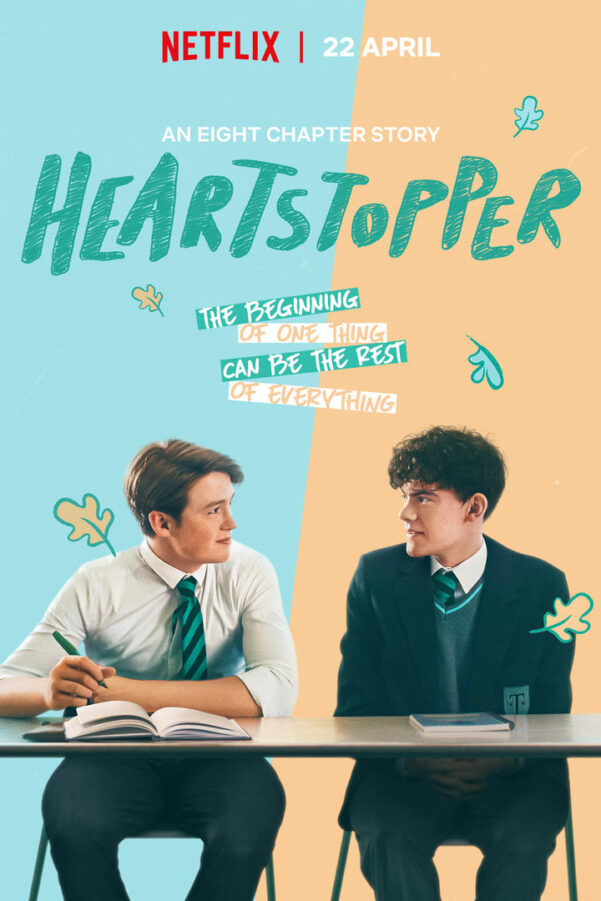
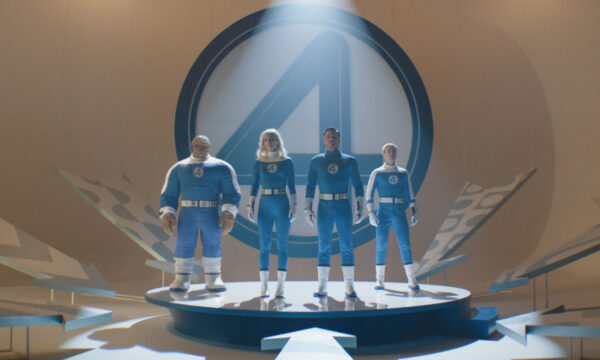
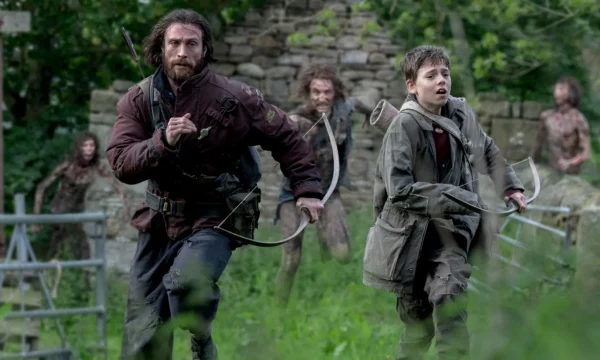
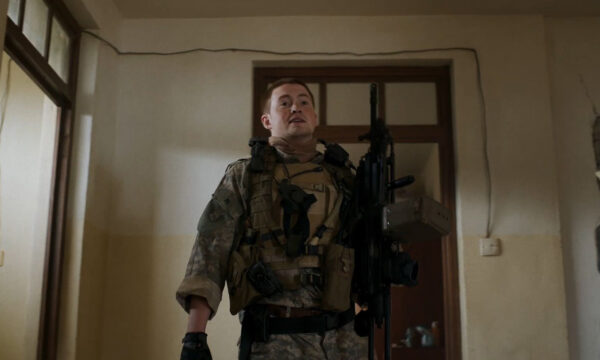
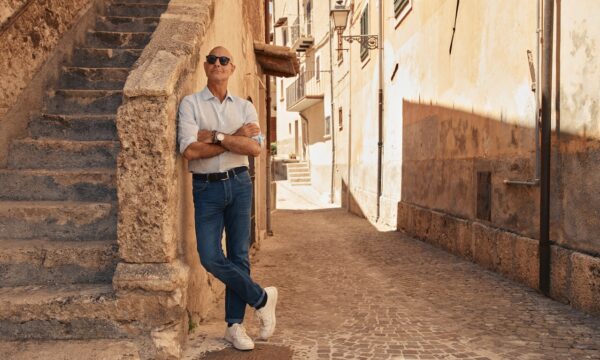
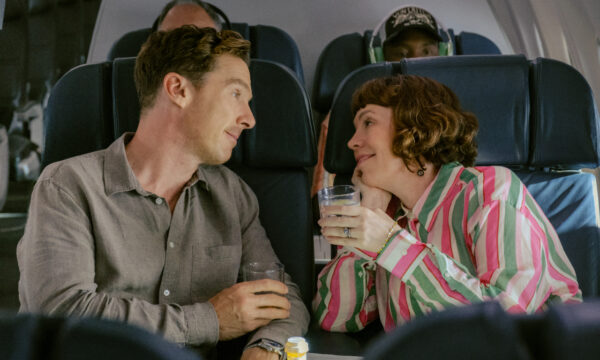
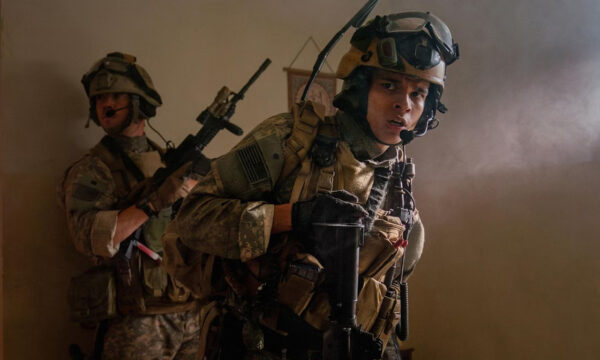
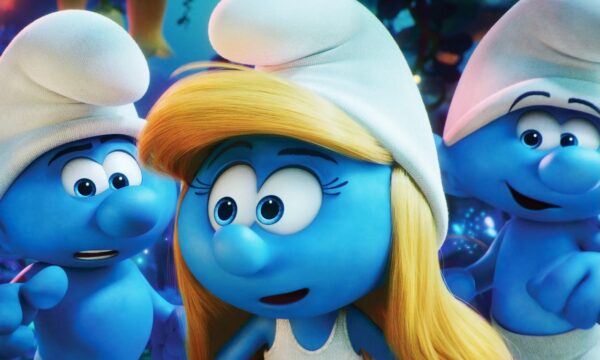
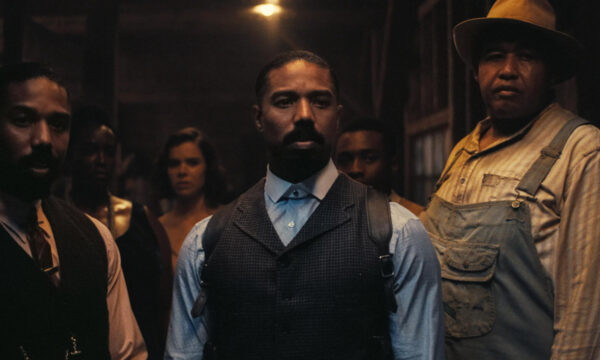
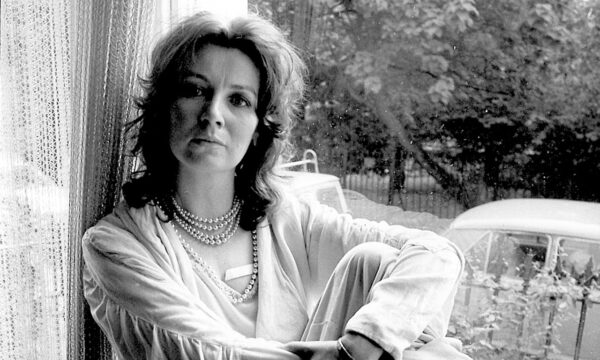














Facebook
Twitter
Instagram
YouTube
RSS